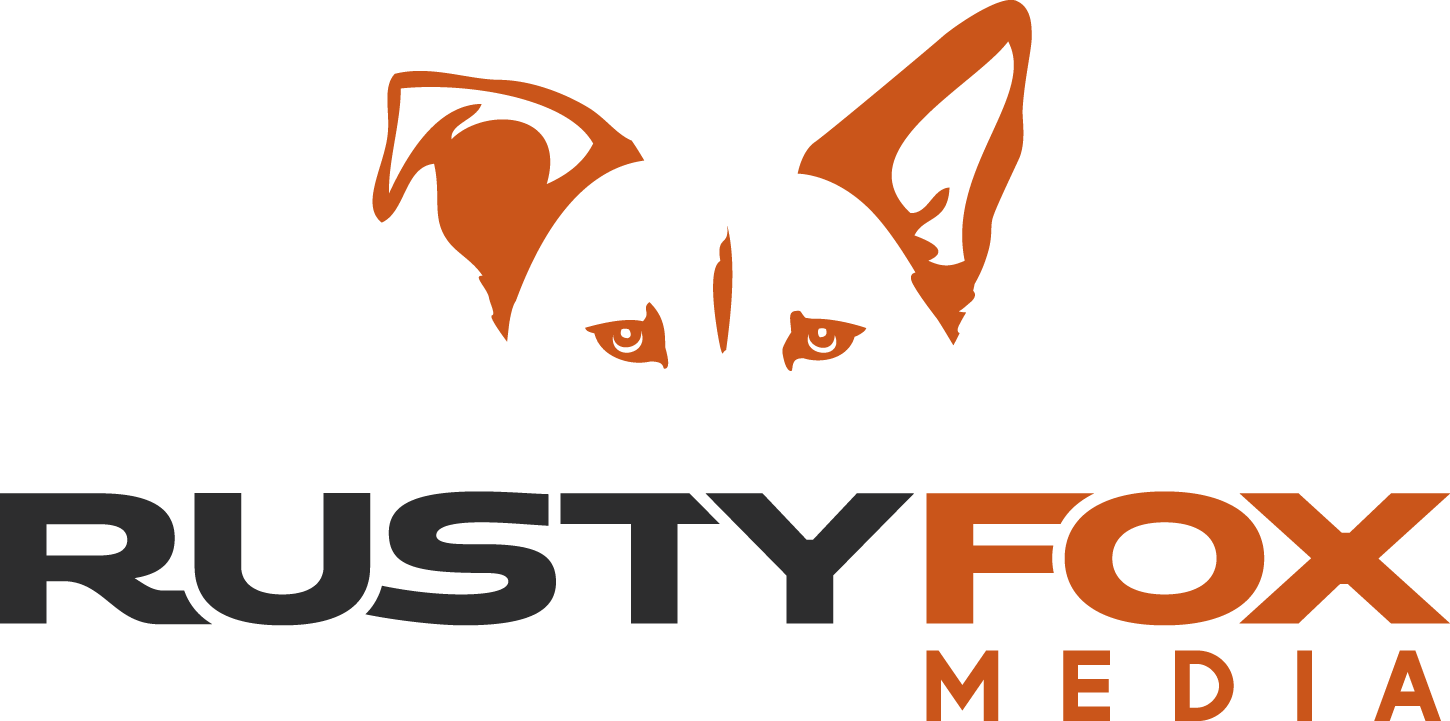Small Business Success: Parts To The Digital Marketing Whole
Digital marketing isn’t a magical “do this and everything is better” type of project. There isn’t just one answer that solves everything. All the tools, all the platforms, all the approaches can work by themselves but they work so much better as parts to a whole. Looking at digital marketing as a larger process instead of just a singular activity will open the door to a more successful campaign.
So what are the parts to the whole? From a high-level view we can break it down into four pieces: Strategy, Planning, Execution, and Refinement.
Strategy
The driving force behind any solid digital marketing campaign is an overarching strategy. This is clearly written to communicate the campaign’s goals, what assets are going to need to be used, and how those assets will be deployed. The strategy is a guiding light that informs all other decisions and keeps the process moving forward.
Many small businesses think they can skip this step and just get right into sharing social posts and trying to market themselves. Doing so without a clear strategy in place results in a haphazard feed that feels disconnected and random. No matter how small your operation is, having a clear strategy is vital before you put effort into marketing.
Your strategy can be as complex or as simple as you want. As long as it clearly defines what you are trying to do, you can move on to the planning phase.
Planning
Once you have a solid strategy in place and a good understanding of what you are actually trying to do with your digital marketing, you move on to the planning phase. This is when higher-level thinking becomes more focused and you can get into the nitty gritty of how exactly you plan to reach your goals.
An Editorial Calendar is an essential tool for a good digital campaign. Using your overall strategy as a guide, the calendar helps make sure that the right things are being talked about at the right time with the right assets. It keeps your marketing seasonal, relevant, and meaningful. One of the useful parts of making this calendar is using it as a tool to make sure your content is being created on time and on focus without undue stress or rush.
Good planning removes all the pressure from implementing campaigns. It does require you to think ahead, which overwhelmed small business owners can sometimes struggle with. The planning stage isn’t one to skip, as it keeps the parts of the whole moving together in an orderly and effective manner.
Execution
Once you have a strategy and a plan it’s time to build your campaign. This is where the real fun begins. The execution phase includes creating all the necessary content, writing effective copy, and building the assets you will use across your campaign. This is where you can stretch creatively, and move from ideation to reality.
Content creation is a topic that requires a lot more in-depth discussion (more on that later), but it should be taken seriously. The content you are generating is the face of your business and brand, and often the first touchpoint people have with you. It should reflect the quality of your business, product, and service. This applies to the images, video, and written content you are putting out in front of people.
Refinement
Once your campaign is running, it’s time to take a hard look at the numbers and make refinements. Even the best planned and executed strategy is going to have clear winners and losers. Knowing which metrics are important, how to understand them, and what to do with that information is vital to the overall success of your digital campaigns. That topic is something we will definitely be going into with more detail in the months to come, as it’s a deep one.
The point is, never settle with your first attempts. If something works great right off the bat, awesome. Figure out what it is that resonates, and create more content like that. Refine the audience to get better results. Fine tune the message to speak to your value prop better. You should always be refining your digital content, and always be testing.
These broad strokes are the key principles to implementing an effective digital marketing campaign. There is a lot more nuance and details that we will be covering as this blog series rolls out. If you have any questions, or would like help in rolling out your own digital campaigns for your business, let’s talk!
